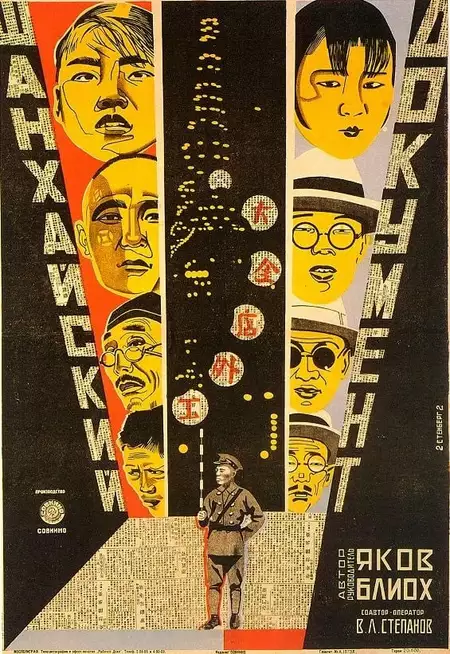The Shanghai Document (1928)
May 1, 1928Release Date
Plot.
Where to Watch.
Cast & Crew.

Yakov Bliokh
Director

Lev Felonov
Editor

Viktor Pertsov
Writer

Vladimir Stepanov
Director of Photography

Albrecht Viktor Blum
Editor
Details.
Release DateMay 1, 1928
Original NameШанхайский документ
StatusReleased
Running Time51m
Genres
Last updated:
Wiki.
The Shanghai Document (Russian: Шанхайский документ) is an early documentary film. This silent film was directed by Yakov Bliokh and was released in the USSR in 1928.
The film portrays Shanghai, China in the early 1920s. It shows the contrasts between the world of Western expatriates (including Britons, Americans, New Zealanders, Australians, and Danes) who live in the luxurious Shanghai International Settlement, and that of the Shanghainese inhabitants, who spend their days laboring.
The events which inspired the film revolve around the Chinese nationalist revolution (1925–27), including the May Thirtieth Movement, and the First United Front of the Chinese Communist Party, and the Nationalists (the Kuomintang), and its collapse in February 1927 when Chiang Kai-shek ordered a purge of the Communists in Shanghai and in other cities held by the revolutionaries.
You May Also Like.
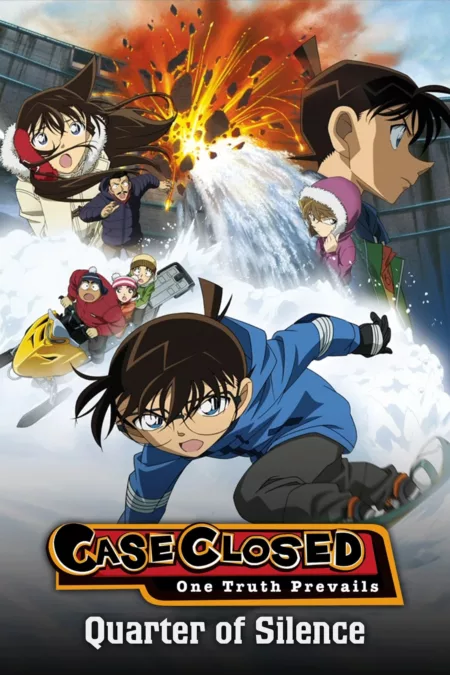
Detective Conan: Quarter of Silence (2011)

Nobody Sleeps in the Woods Tonight 2 (2021)
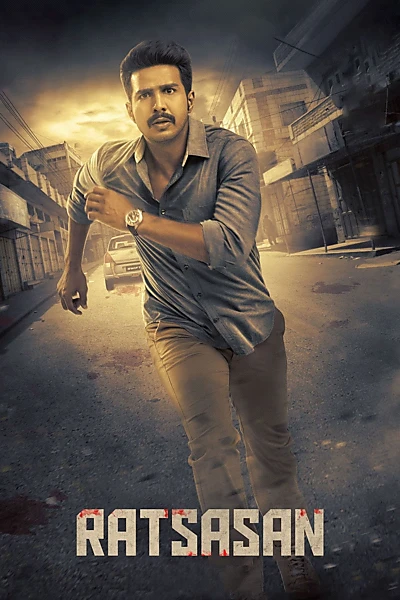
Ratsasan (2018)
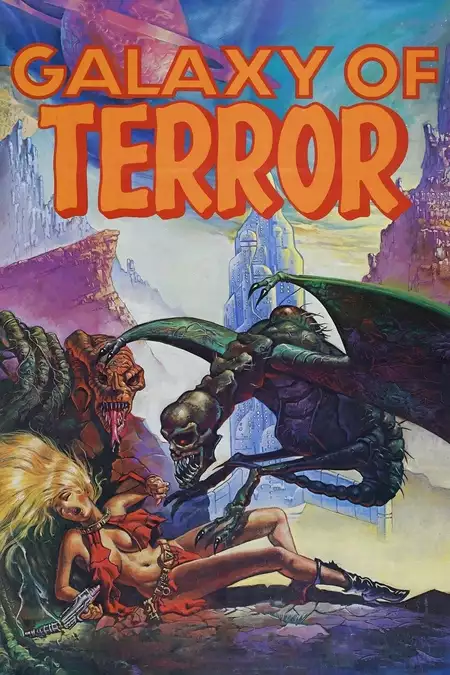
Galaxy of Terror (1981)

Into the Grizzly Maze (2015)

Detective Conan: Strategy Above the Depths (2005)
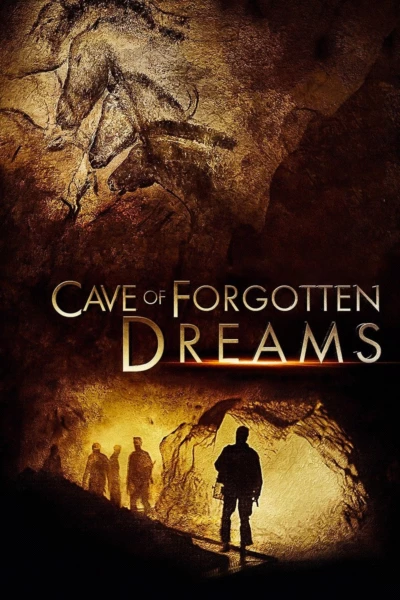
Cave of Forgotten Dreams (2010)
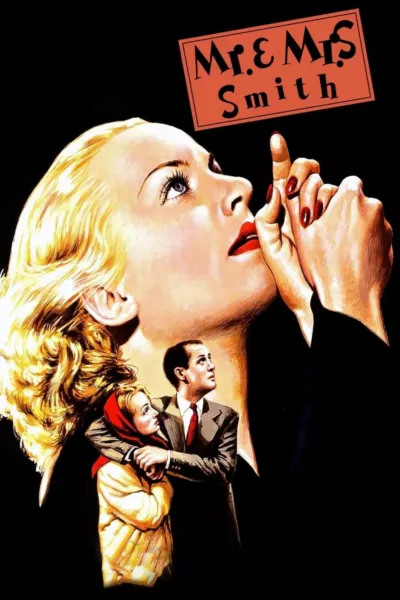
Mr. & Mrs. Smith (1941)
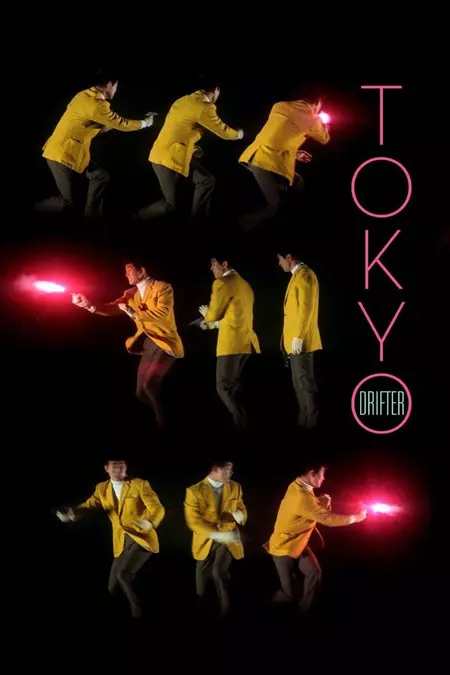
Tokyo Drifter (1966)
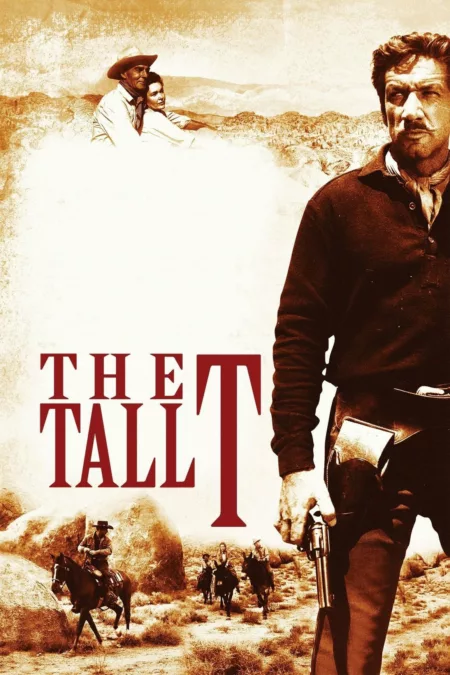
The Tall T (1957)
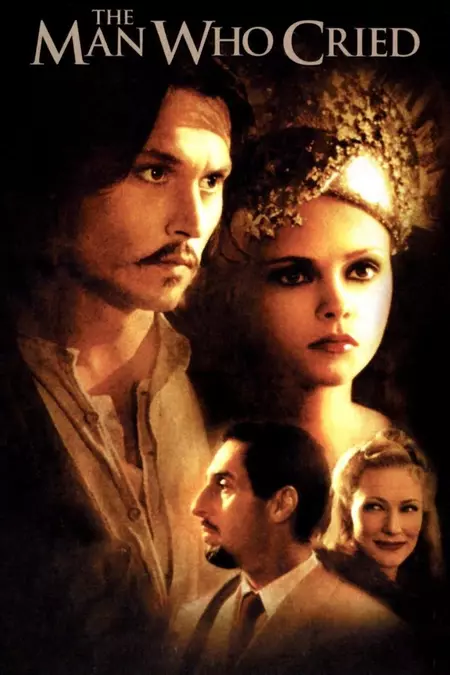
The Man Who Cried (2000)
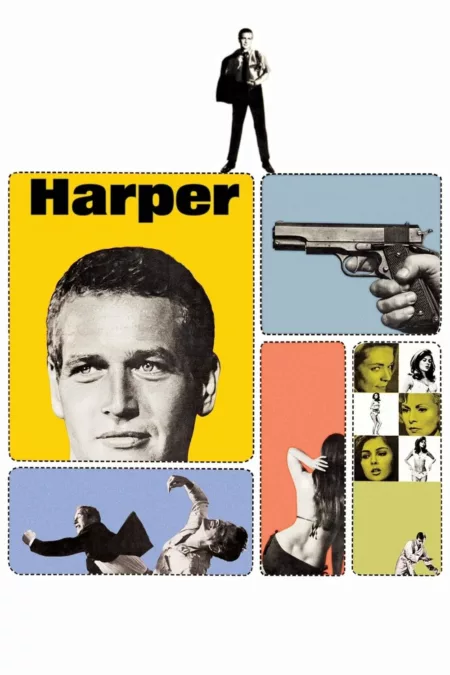
Harper (1966)

Bread, Love and Dreams (1953)
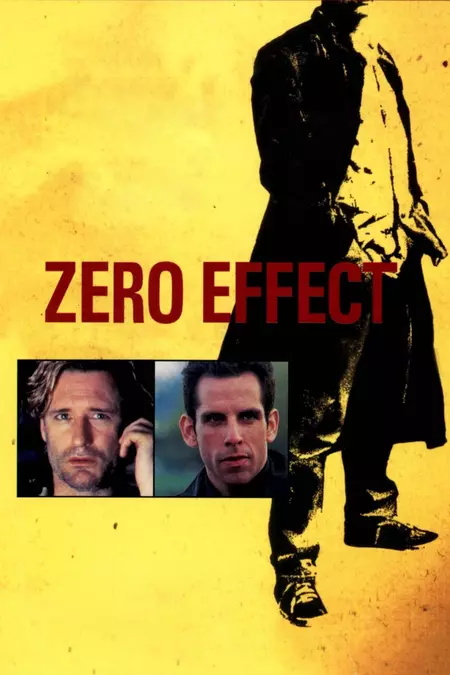
Zero Effect (1998)
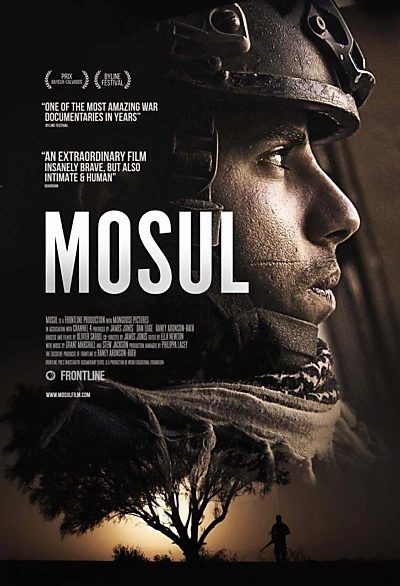
Mosul (2019)

LEGO Scooby-Doo! Knight Time Terror (2015)
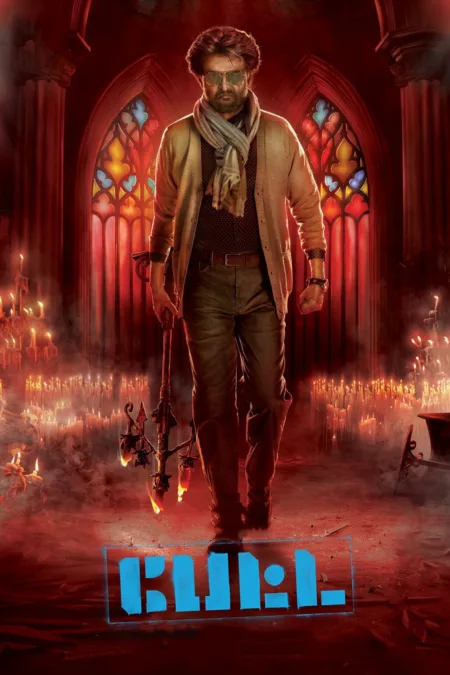
Petta (2019)

Ænigma (1987)

Umrao Jaan (2006)


